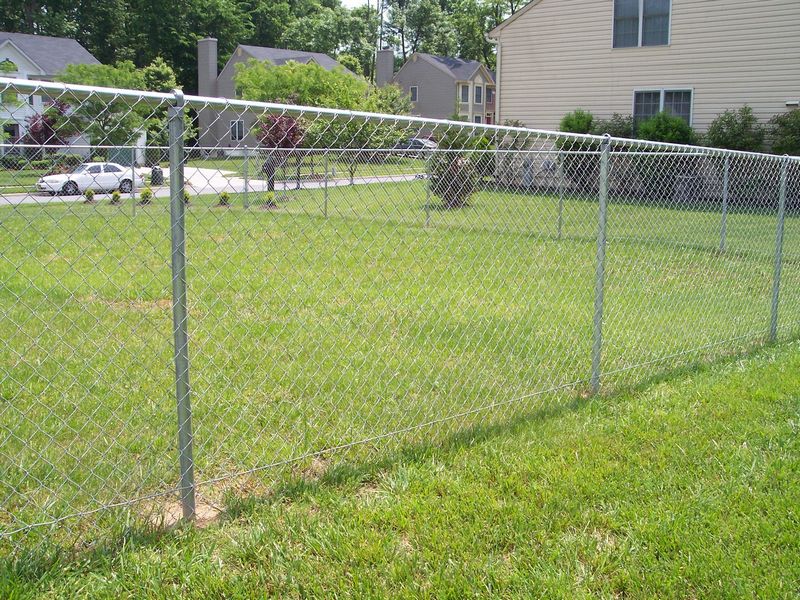If you are looking for a do-it-yourself project and a way to get a jump start on your future fence, then look no further than this guide for how to measure for a new fence. Once you get just a few things figured out, Long Fence can take on the project and make sure that you get a beautiful new fence that meets all your needs and standards. You don’t want us to get halfway through the project and run out of materials or hit a cable line, so it is important that if you decide to measure the fence yourself, the measurement is reliable and exact. This will ensure a smooth, quick process. And, the best part is that it is a fairly easy project that will definitely prove to be worth the effort in the long run.
- Confirm your property lines
- Check for utility lines
- Measure terrain slope
- Measure for the posts and panels
- Call the installers
Step 1: Confirm Your Property Lines
Confirm your property lines by getting the land surveyed. Do you know exactly where your yard ends and your neighbor’s yard begins? It is likely that you have an idea, but it is important that you double-check this before building a wall on what you hope to be the dividing line. Your neighbors might not be too happy if you build something on their property, so it is best to make sure you know exactly where the fence should go to both maximize your space and keep your neighbors happy.
Step 2: Check for Utility Lines
Check for utility lines. Gas, electric, cable, and other lines may be hiding underground right where you are hoping to build your new fence. If you do not have documentation of where these lines are, Long Fence can help you with locating and marking them. You may also have other more obvious obstructions to take into account, such as trees, sheds, etc. Get these objects located and accounted for now so that they do not cause issues later on.
Step 3: Measure Your Terrain’s Slope
Be aware of terrain slope. Before you get started with the measuring, make sure you have accounted for any sloping. This may add to the amount of required fencing material without you even realizing it, so you should definitely take this into consideration in order to make sure you have everything you need for the project.
Step 4: Measure for the Posts and Panels
This may have seemed like a daunting task at the beginning of the process, but now that you have already completed the first three steps, you are ready for this. First, put a stake in the ground to mark each of the corners of the fence. You can use this as a base for measuring the perimeter of the fence as well; just start at one stake and work your way around until you finish. Once you have the measurement of the perimeter, just divide this by the length of your panels (usually 6 or 8 feet) in order to figure out how many panels you need. You can even take this a step further by marking on the ground where each panel should start and end. Finally, mark any ending points of the fence, whether it ends because of a gate, your house, or anything else, with an end post.
Step 5: Call the installers
Finally, get the fence built. Obviously, if you are wondering how to measure for a new fence, you also want to get the fence installed. We recommend that you call a professional you can trust to get the job done. This way, there is no need to worry about someone taking advantage of you or an inexperienced handyman not providing you with the best results. There is no need to worry about the details from here on out because the better you do with the planning stage, the better we can do with the construction and perfection. Just contact Long Fence; we will be happy to take on the project and help you finish it up and create your new fence.
Read More:

